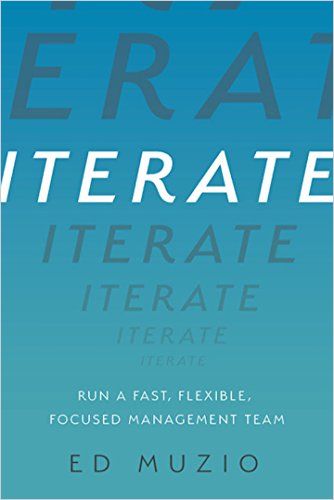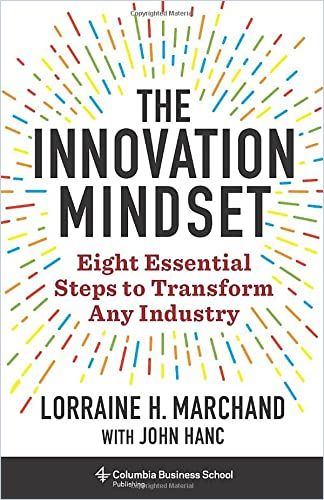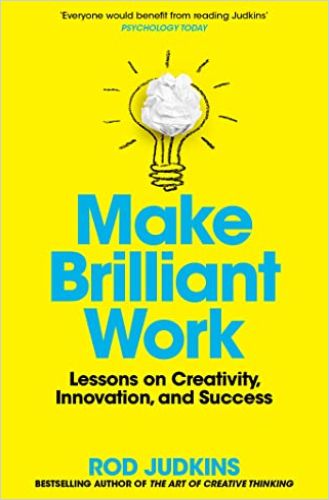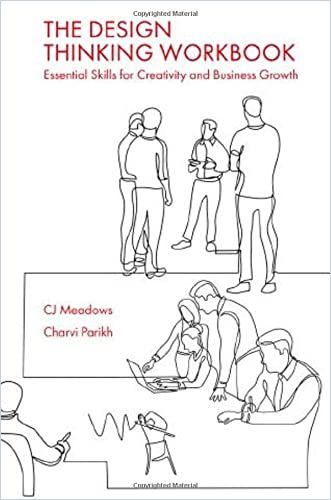How to Lead an Organization

Successfully filling a leadership position in an organization has huge self-leadership and employee leadership aspects. Without navigating these fundamentals, it is difficult to ensure the gears of an entire company mesh precisely and turn in the right direction.
This article will address the last topic: What comes on top of learning to lead yourself and others to fill a strategically important business position?
1. The Basics
Organizational leaders have to know the MBA essentials in
- Corporate Governance
- Strategy & Management Concepts
- Corporate Finance & Compliance
- Performance Measuring
- Project Management
- Business Ethics
Because every organization has a different focus here, it is worthwhile to analyze strengths and weaknesses in detail and – together with a person responsible for HR – work out a plan to quickly fill existing gaps. One-size-fits-all courses are only suitable to a limited extent; customized upskilling initiatives at the individual level promise more success. Building on those (acquired) managerial strengths, put them into action in the following contexts.
2. Managing & Driving Change
In the past, decisions were made in small circles with considerable cluster risks. In recent years, broadly based management integrating a wide variety of backgrounds (and data) from the company and the organizations advising it is better suited to survive, even grow, in volatile times.
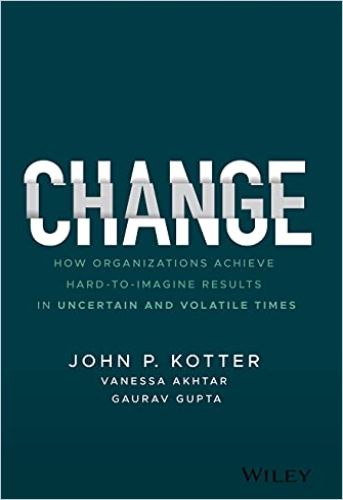
A few strategic hints help young leaders manage change quickly and easily:
Feedback: New Executives Need (Proper) Intel
The right learning and collaboration culture in a company – less top-down, more horizontal discussion, testing and iterating – and shorter planning horizons make management and execution of change initiatives much more straightforward. Giving and receiving feedback plays the most critical role here. Leadership expert Bill Treasurer encourages leaders to ask for it actively: “It’s a little uncomfortable to do, but send out an email asking for honest feedback on your leadership style, where you could have stepped up more, and what improvements they suggest. You’ll be amazed at the practical responses you’ll get!”
New Leaders: Get a Mentor
In onboarding and training new executives, mentoring and coaching help get to know new or changed environments quickly. Experienced managers should offer a hand in such transition phases (or successions), introduce the day-to-day business according to a few simple rules, and, above all, navigate in an orderly manner, emphasizing the role model function and setting an example.
New Leaders: Own Your Projects
After getting an overview, jumping in at the deep end is a real entry booster: New leaders should be given – and demand – concrete project responsibility as soon as possible. It makes sense to proceed in small steps: Breaking down complex change tasks into smaller projects can work wonders. Here is how to support project managers and ensure they “own” their initiatives to encourage them to succeed.
New Leaders: Share Responsibilities If Needed
A recent Gartner survey revealed that leaders “today have more responsibilities than ever, but are ill-equipped to take on their expanded roles.” The research found that “leaders are not always best-positioned to manage every responsibility they are tasked with; instead, the best leaders identify others who have a stronger grasp of skills at which they are weak and share responsibilities with them.”
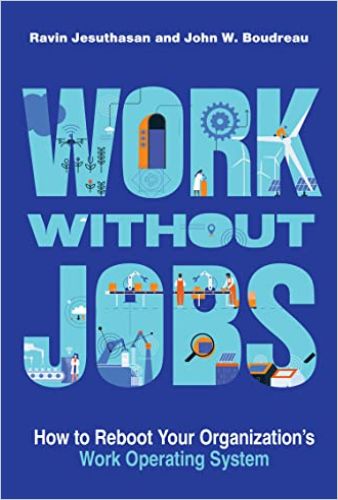
Therefore, it makes sense to break down not only problems and projects into smaller parts but also – if applicable and desired – responsibilities. This way, managers can better focus on their strengths and weed out the weaknesses in the flow of work by learning from their job-sharing colleagues (that’s more effective than more training, anyway). Plus: The much-cited networking new managers are supposed to practice is thus virtually incidental.
HR & Co-Leaders: Reward Courage & Empathy
Since it takes courage, empathy and the right stamina to follow through, and of course, patience in listening and iterating, train and coach leaders on communication skills. Reward and appreciate them for reaching goals and learning from failure on the way.
This list is not exhaustive; most further steps depend on the particular company culture and industry. For more valuable tips, check out the best books on change management at getAbstract:

3. Solving Problems
There is nothing esoteric or ultra-complex about solving problems, and orchestrating this process is the daily bread of a leader. Typically, problem solvers fail because they do not have a clear starting point or problem definition and often do not know precisely for whom a problem needs to be solved. Cracked It!,by strategy experts Bernard Garrette, Corey Phelps and Olivier Sibony, demystifies the approach to problem-solving that business consultants use at esteemed global management firms such as McKinsey and Bain and helps young leaders break problems into easier-to-deal-with parts.
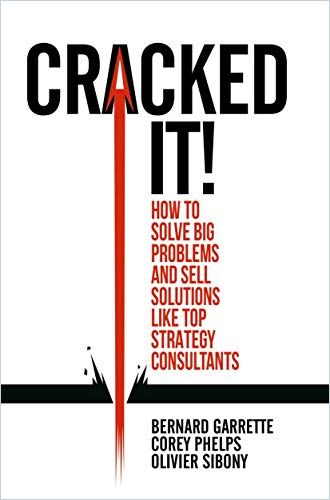
Replete with proven frameworks, sophisticated insider advice and engaging and relevant case studies, this methodical, erudite treatise explains how to analyze complex problems and develop potential solutions. Once you’ve “cracked it,” you’ll know how to close the problem-solving loop and sell your vetted solution.
Find more advice on solving problems in the following Journal contributions:
4. Making Decisions
In a recent Journal interview, organizational change expert Aidan McCullen said: “Sure bets are incremental in nature. The big bets are the ones that tend to fail, or you iterate and iterate until you find a market that works for them. So, that’s a real challenge because people need to have the right mindset for that.” Developing this mindset can never harm managers in organizational change maneuvers. Still, it is also up to them to assess risks correctly – and to turn things around if they no longer promise sufficient prospects of success.

There is a widespread lack of “risk literacy” – resulting in confusion over probabilities – among (young) professionals in many fields. Gerd Gigerenzer, director emeritus at the Max Planck Institute for Human Development and now Director of the Harding Center for Risk Competence at the University of Potsdam, recommends using heuristics, or rules of thumb, to derive the best solutions for problems with unknown risks. In Risk Savvy, he cautions that complicated solutions seldom fix complex problems:
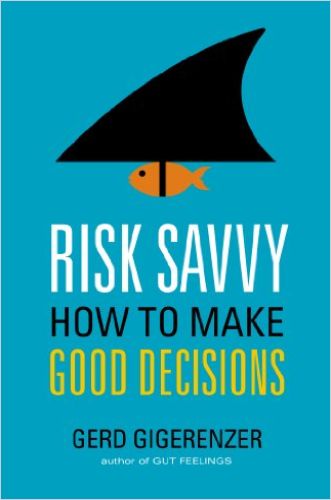
Here are some take-away’s:
- The “illusion of certainty” is a common risk-analysis error. Nothing is certain. Illusory certainty appears as the “zero-risk illusion” or the “calculable-risk illusion.”
- Rules of thumb, or heuristics, lead to better decisions than complex analysis.
- The “recognition heuristic” springs from a familiarity of choices: If one choice is familiar, other choices that aren’t familiar seem inferior.
- In situations of unknown risks, “intuition is indispensable.”
Here are more recommended readings on decision-making (especially with regard to – mostly agile, broader and better supported – group decision-making):
5. Managing Conflict
Today’s workplaces are much less homogeneous than their counterparts from decades past: In hybrid workplaces, people from different departments, parts of the world, backgrounds and cultures work together more closely and regularly than in the past. As a result, conflicts in the workplace – be they cultural, professional or political – have become part of everyday work. Leadership staff are tasked with the facilitator role of promoting and demanding productive collaboration, often as smoothly as possible.
Of course, this mainly concerns teamwork. Still, in the upper echelons of management, an important task is added: setting an example and setting rules for cooperation across all boundaries towards a common goal that should be a guiding star for everyone.
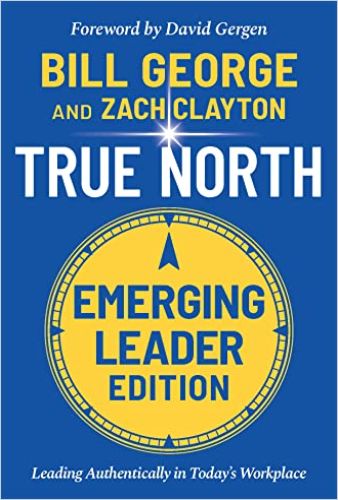
Here you will find further suggestions on how conflicts can be avoided in advance or professionally mitigated, perhaps even made productive:
6. Knowing Context & Strategic Perspective
What many new managers find difficult is that in their previous roles, they have had to manage projects and make and enforce decisions – but they have rarely had to keep the “big picture” in mind.
In other words, they operated in a more protected space and are now much more exposed when steering the organization’s fortunes.
- Often, the industry-specific knowledge of USP, competition, the purpose of the organization, growth prospects, opportunities and risks is already available but now needs to be significantly expanded and quickly deepened. It is vital that the new manager is given the opportunity to gain detailed insight into all departments and business areas relevant to them – the best way to do this is through cross-functional internships (or mentoring, see above), which allow new managers to get to know entire companies, their processes and respective decision-makers in just a few weeks.
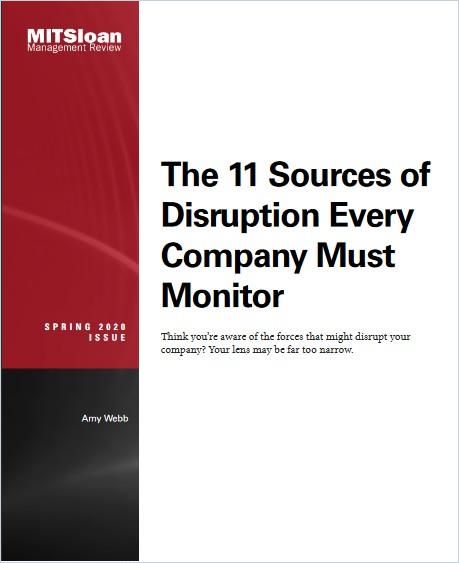
The 11 Sources of Disruption Every Company Must Monitor
MIT Sloan Management Review- Digital Leading: The reconfiguration of large parts of work and organizational life in recent years has radically changed leadership requirements with regard to the digital – and will continue to do so. Particular attention should therefore be paid to this area. Read the most essential facts on the subject in getAbstract’s Digital Transformation channel.
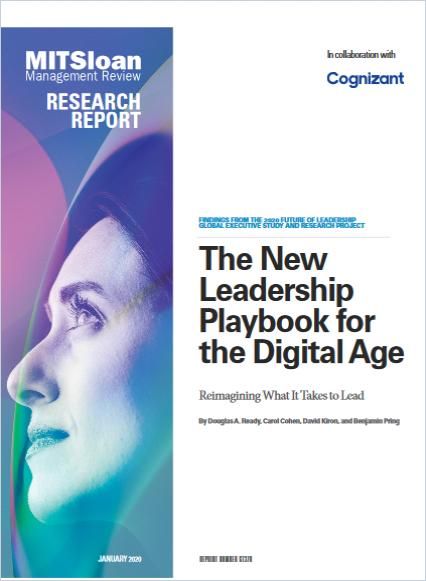
The New Leadership Playbook for the Digital Age
MIT Sloan Management Review- Companies are embedded in complex ecosystems that want to be understood for good leadership. That’s why assessments and courses in politics, political theory, political psychology, history and economics are worthwhile. Do not hesitate to think big:
– Does climate change matter for my business model?
– What business opportunities still exist in China?
– What will the fourth industrial revolution bring?
– Where can I find good people in a talent shortage?
Doing your homework on such matters has enormous strategic advantages. Those who, for example, know that there are recurring problems with stuck ships on the Suez Canal might consider adjusting their supply chain accordingly.
- Those who want to broaden their horizons, which can never be wrong in leading themselves, people and entire businesses, will also find what they seek in literature and philosophy. Basic knowledge of the classics will help them develop, for example, empathy, contextual thinking and problem-solving skills. FYI: In our Classic Advice column, we hand-pick the most relevant classics and derive their best leadership advice.
- Executives should be able to evaluate and assess the news & media situation. This includes decent sources and a good network and above all, a sounding board among peers, which brings you what you may have missed anyway. Here, too, mentors can support and introduce.
7. Innovating & Inspiring
According to innovation pioneer Clayton Christensen, there are two forms of innovations: Sustaining innovations (1), as he calls them, improve on established products, while disruptive innovations (2) disrupt the value proposition. His research revealed that great companies fail because they focus only on improving what made them great (1), forgetting that customer demands may change and make their core product obsolete (2).
For a leader, listening to your clients is good if you want to improve your existing product (1). But it can be dangerous for your business model because existing customers can’t lead a company to disruptive innovations (2) serving the needs of new ones. Leaders should always keep both forms of innovation in mind and pay the same attention to the competition and the markets around them as they do to existing customers. To foster both types of innovation, do the following:
- Habits: Cultivate an innovation mindset, and shake up your way of doing things to inspire yourself and others.
- Generate ideas: Set up an innovation session, generate high-quality ideas and efficiently choose from the pool of opportunities.
- From prototype to product: Learn skills to boost your creativity, understand your customers and identify the right problems to solve with Design Thinking.
- Empower your people: Recruit top talent, keep everyone on track with a product strategy and bring out the best in your product teams.
Learn more in the following Journal contributions:
8. Don’ts
Now that we’ve spent much time with best practices (we could go on for hours), you might have figured out the good news: Leaders will always have enough work to do. The bad: If it’s poorly grounded or not grounded at all, it impacts the entire organization negatively. To make sure that doesn’t happen to your leadership career, here are some examples that are so daunting you can learn a thing or two from them, too.
Good luck!


